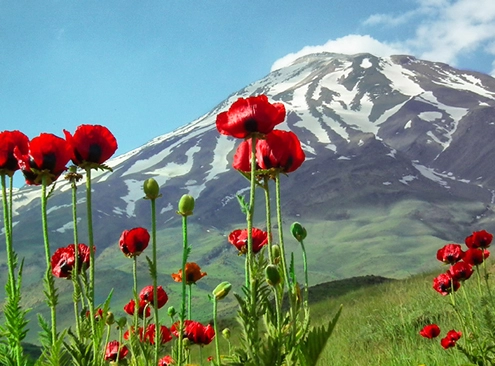
Mt Damavand; Tallest Volcano in Asia: Weather, Height
/
0 Comments
As the highest volcano in Asia and the tallest peak in the Iranian…

Anhor Lokomotiv Park Tashkent: Photos, Location
Located in the heart of Uzbekistan, Tashkent is the capital of…
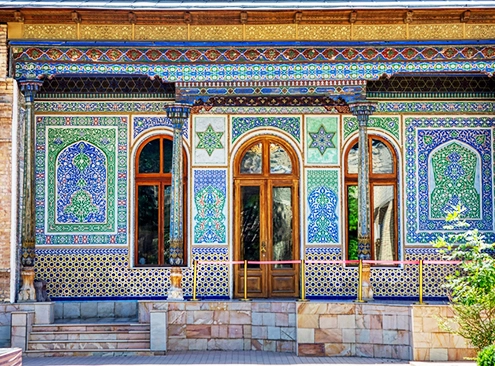
Tashkent Museum of Applied Arts: Photos, Tickets & More!
As a Central Asian country, Uzbekistan is located near the historic…
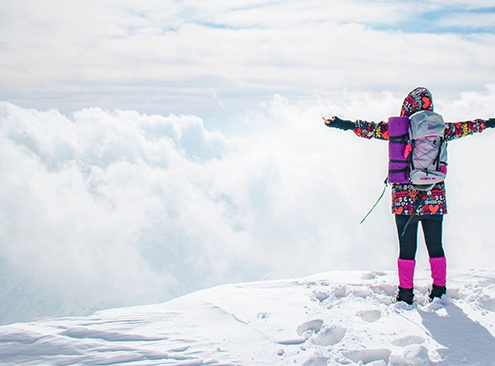
Tochal Peak & Complex: Photos, Weather, Hotel, Telecabin
Iran is a country full of lovely destinations and unique cities.…
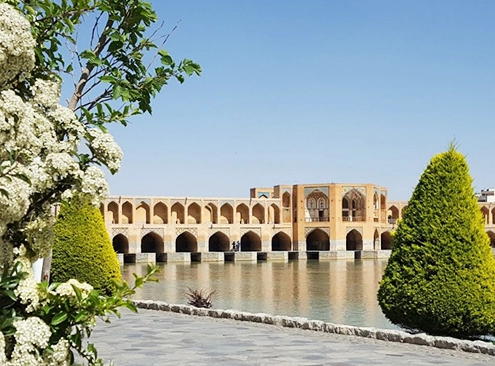
Khaju Bridge in Isfahan, Iran: Photos, Facts, Height
Khaju Bridge is one of the many bridges spanning the Zayandeh…

Ulugh Beg Observatory, Samarkand: Photos, Tickets
Uzbekistan is a land of many attractions. This country is more…
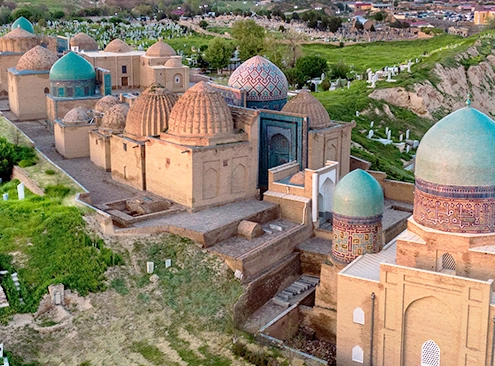
Shah-i-Zinda Complex: Photos, Architecture, Opening Hours
The Tomb of Shah-i-Zinda is one of the most famous attractions…
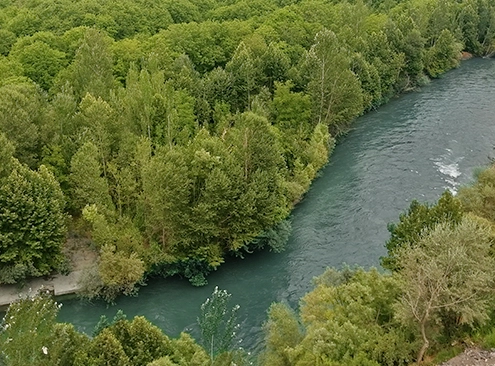
Zayandeh Rud River: History, Photos, Location, Culture
Renowned for its long-lasting and ancient cultural legacy, Iran…

Tashkent TV Tower: Height, Tickets, Opening Hours
eLiving in capitals is an interesting experience. The capitals…
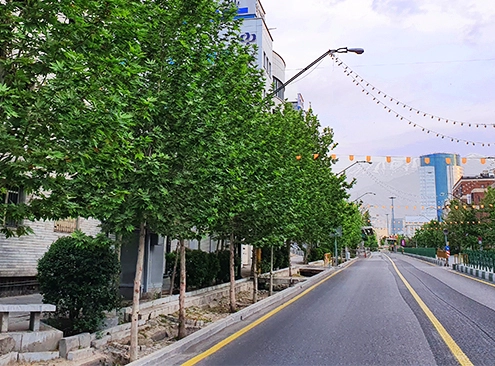
Valiasr Street in Tehran: Map, Trees, Photos, What to Do
Being one of the longest streets with planted trees in the Middle…
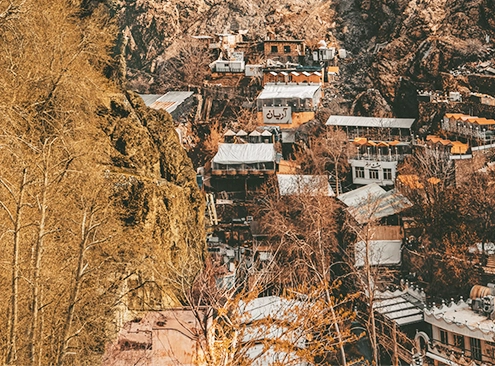
Darband, Tehran, Iran: Weather, Photos, Restaurants
Darband Tehran is an area with excellent and always fresh weather,…
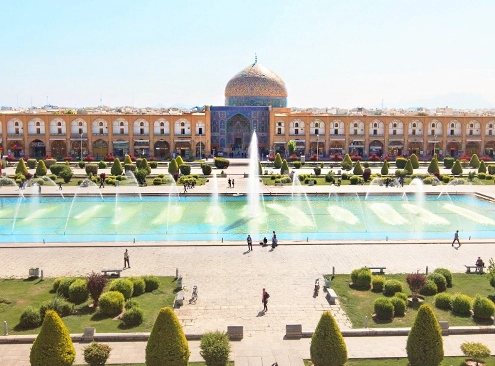
Isfahan Grand Bazaar: Photos, History, Opening Hours
Isfahan, the most picturesque city of Iran, also known as “Half…

Top 7 Mosques in Uzbekistan You Need to Visit
Uzbekistan is a beautiful country in Central Asia with a rich…
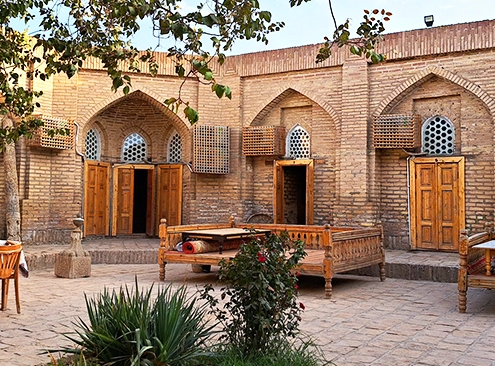
Silk Road Caravan Sarai, Khiva, Uzbekistan: Photos, info
Traveling to new places with your family and friends or even…

Minor Mosque, Tashkent, Uzbekistan: Photos, History
Uzbekistan is known for having the oldest and most beautiful…
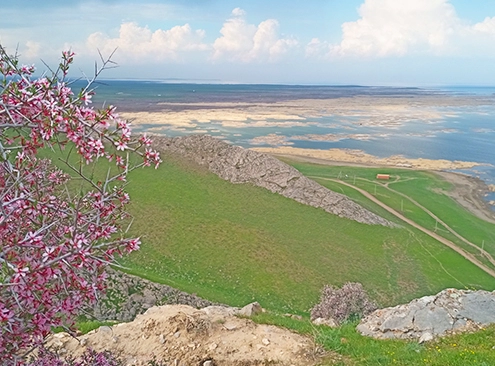
Aydar Lake, Uzbekistan (Photos, Location, & More)
Aydar Lake is a massive artificial body of water. This lake is…
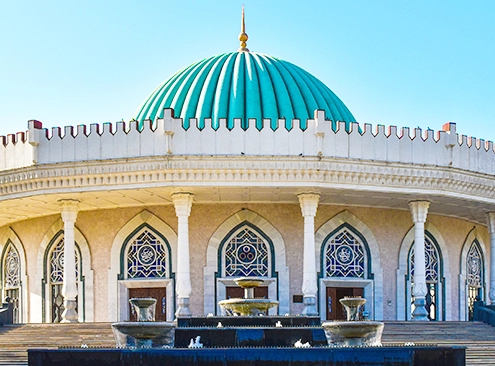
Amir Timur Museum, Tashkent (Photos, History, Info)
If you're a history buff or simply fascinated by the stories…
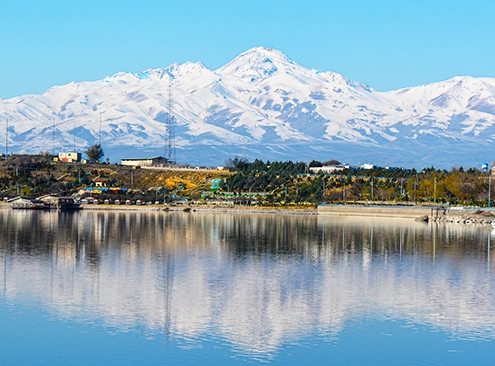
Top 10 Things to Do in Ardabil + Photos
Ardabil is a beautiful city located in the stunning northwestern…


